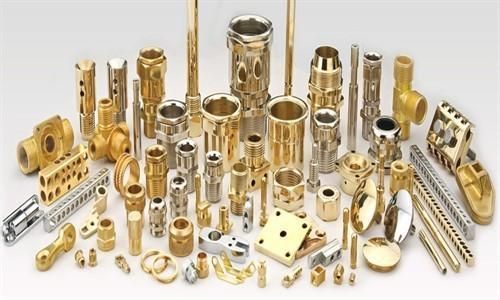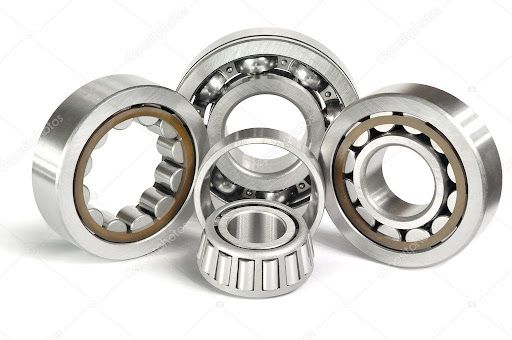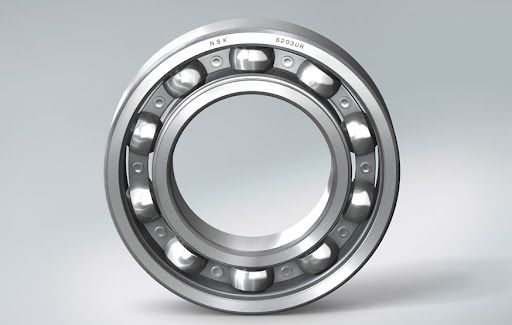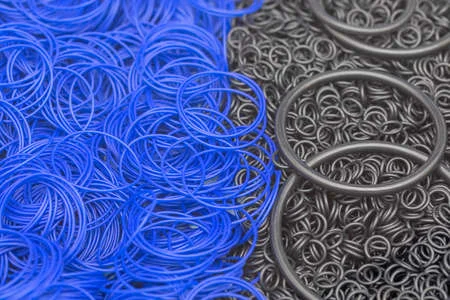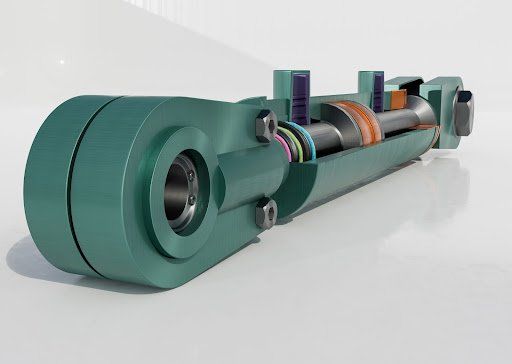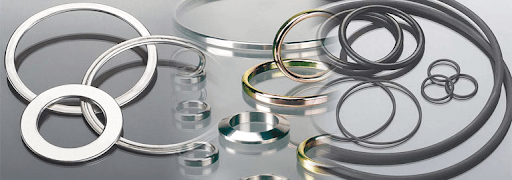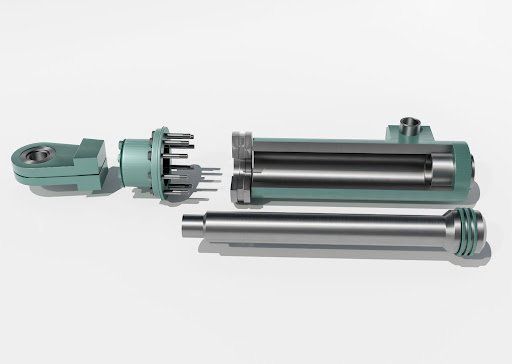Different Types of Ball Bearing
Know About Different Types of Ball Bearings
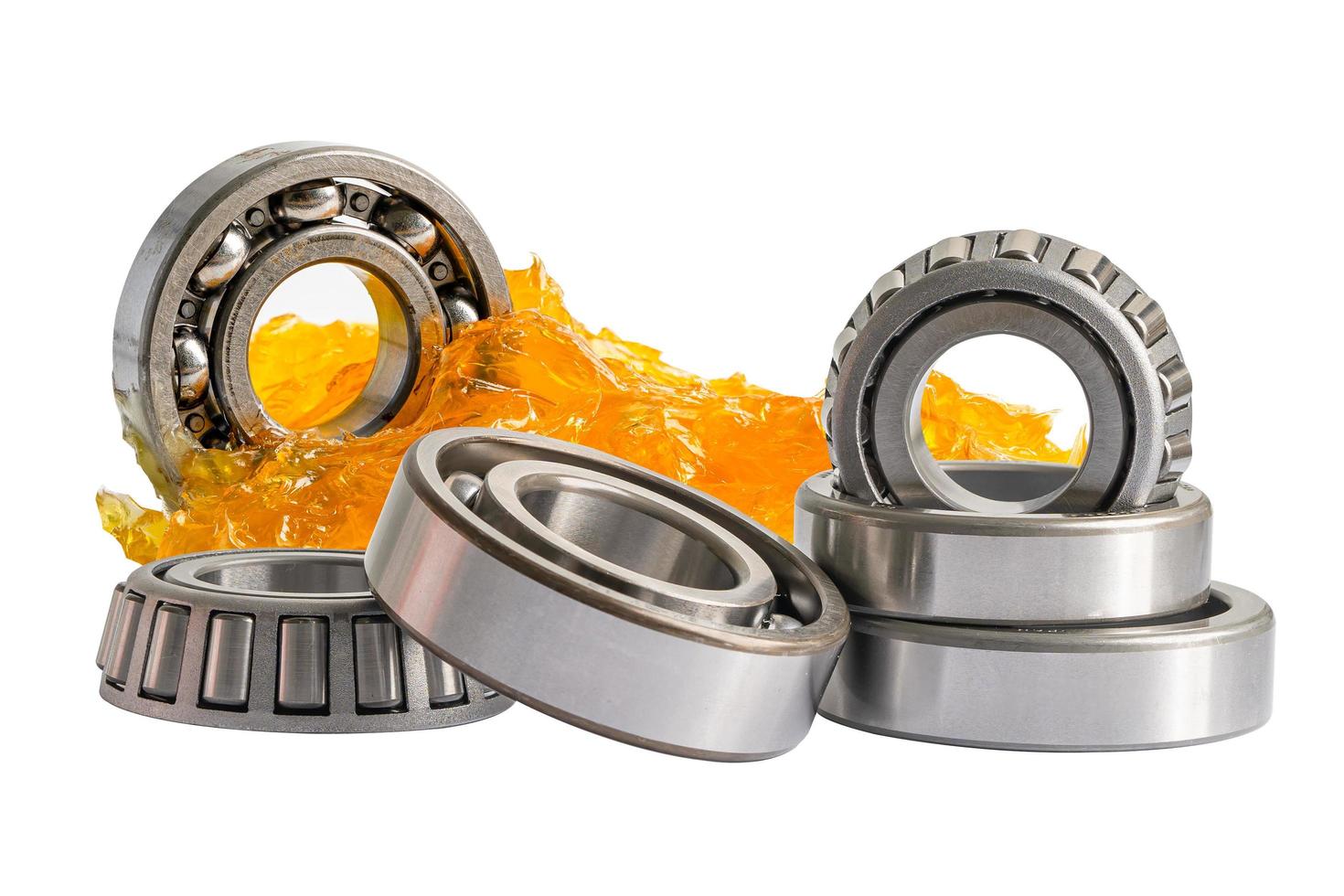
The ball bearing has a niche area when it comes to the field of bearing as it can handle both thrust and radial loads. Every bearing has been given a name based on its rolling element, and it applies to the ball bearing also. These bearings provide high performance and give a long lifetime to transfer the loads from the balls to the inner races. Ball bearings have a multitude of different designs, each with its own unique features and different applications.
In this article, we will discuss the Different Types of Ball Bearings:
Deep-Groove Ball Bearing
This is the most widely used ball-bearing type in the world. It is because of its versatility and overall performance. They are characterized by having very deep raceway groves where the outer and inner rings have arcs with a slightly larger radius than balls. They also have a non-separable ring in them. They are excellent for high radial load capacity and high speeds, and they can accept axial loads in both directions.
Angular contact ball bearing
In this type of ball bearing, the direct line that connects the outer ring and inner ring balls have a given angle in the radial direction (Contact angle). This type of angle is generally designed with three different kinds of contact angles. These bearings can bear axial loads but must be used in pairs or in combination because the contact angle cannot be used singly.
Self-Aligning ball bearing
The self-aligning ball bearings include a double row of balls which are guided by a double row inner ring raceway and cage. They also contain the special features of a continuous spherical outer ring allowing the inner ball/ring complement to swivel within the outer ring. This type of bearing is recommended when the alignment of the shaft and bearing is a problem that a shaft could deflect. Self-aligning roller bearings are more suitable for absorbing these radial forces.
Duplex angular contact ball bearing
These are bearings that pair two or more angular ball bearings in a tandem, back-to-back, or face-to-face arrangement. Bearings that are duplex face-to-face (DF) or back-to-back (DB) may support axial loads in both directions. In comparison to face-to-face duplex bearings, back-to-back duplex bearings may support more moment loads. Tandem duplex bearings are more axially load-bearing than single bearings in a single direction.
Four-point contact ball bearing
These bearings have a distinctive design where the inner ring is divided into two halves, resulting in four points of contact. It is between the balls and raceways under radial stresses, hence the term "four-point contact." As a result, these roller bearings can support axial loads traveling in both directions as well as a mix of radial and axial loads. Compared to angular contact bearings, these bearings are built to endure higher load capacities and more demanding environments. They work best with heavy weights that oscillate often.
Conclusion
While these types of
ball bearings are designed for different applications, there are various other factors that determine the load capacity. It includes the material used, size, and the number of balls, which is critical depending on its load requirements.

